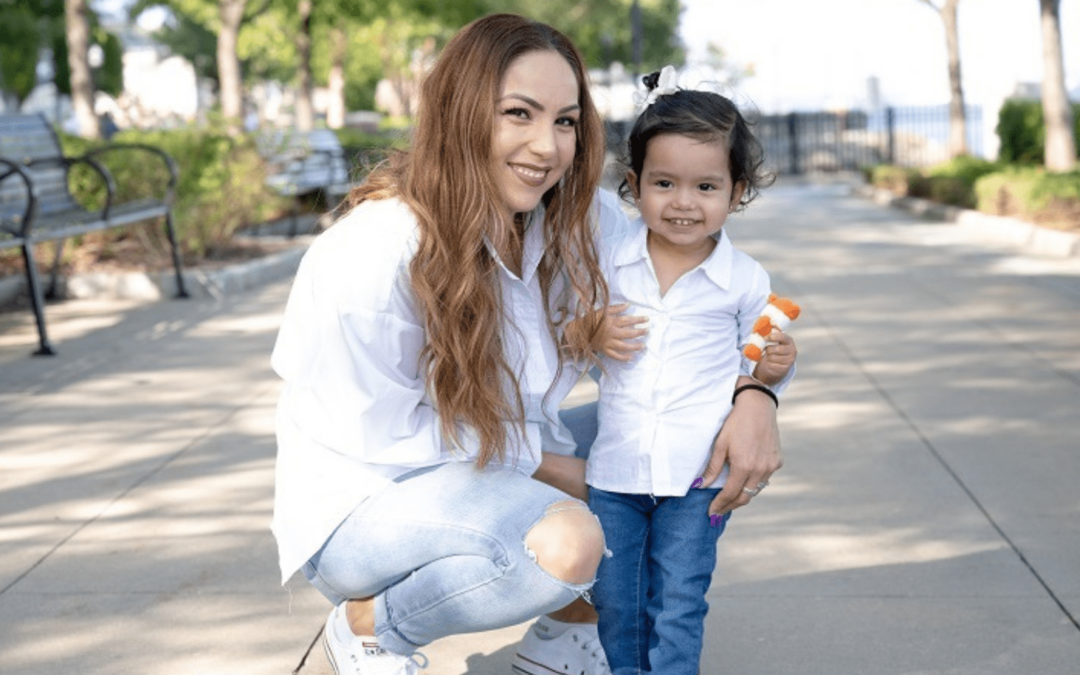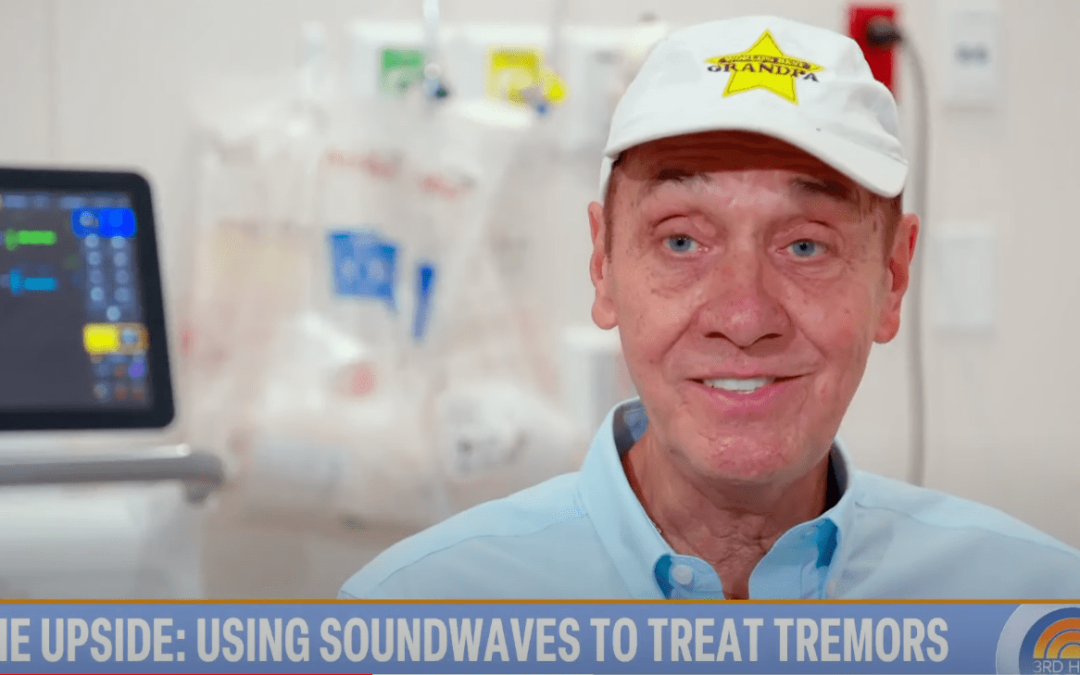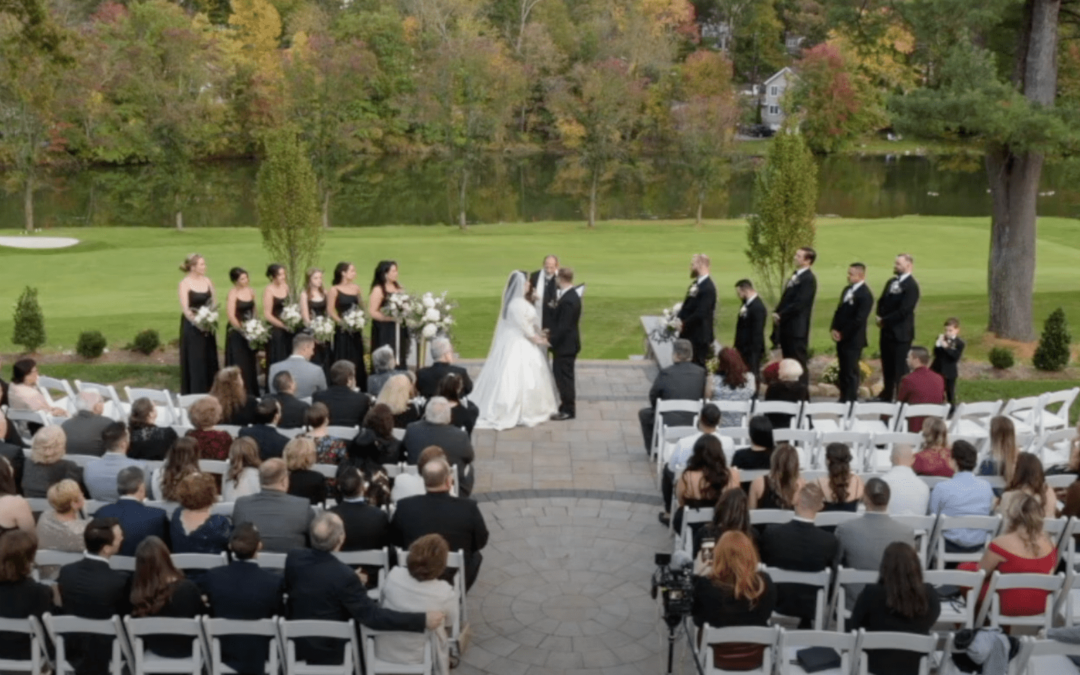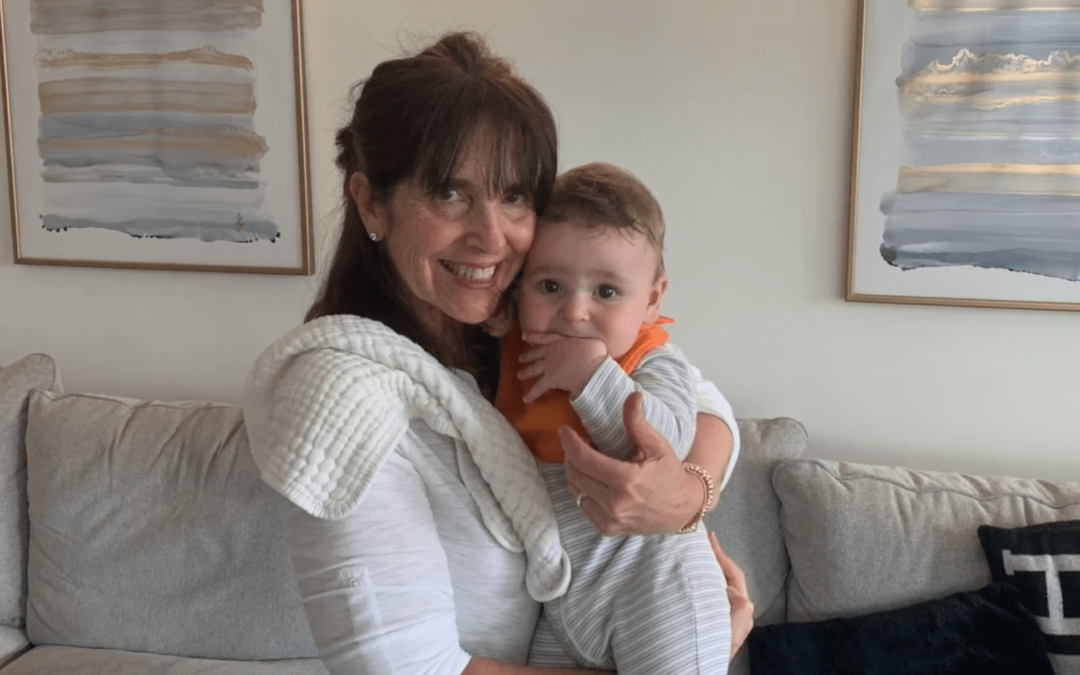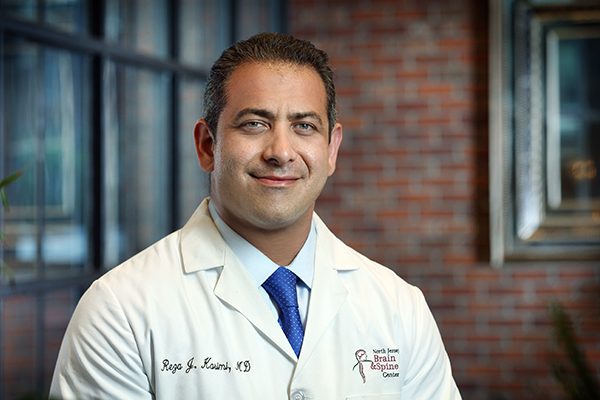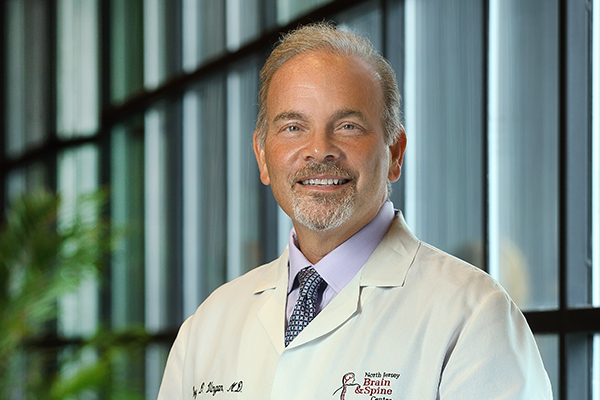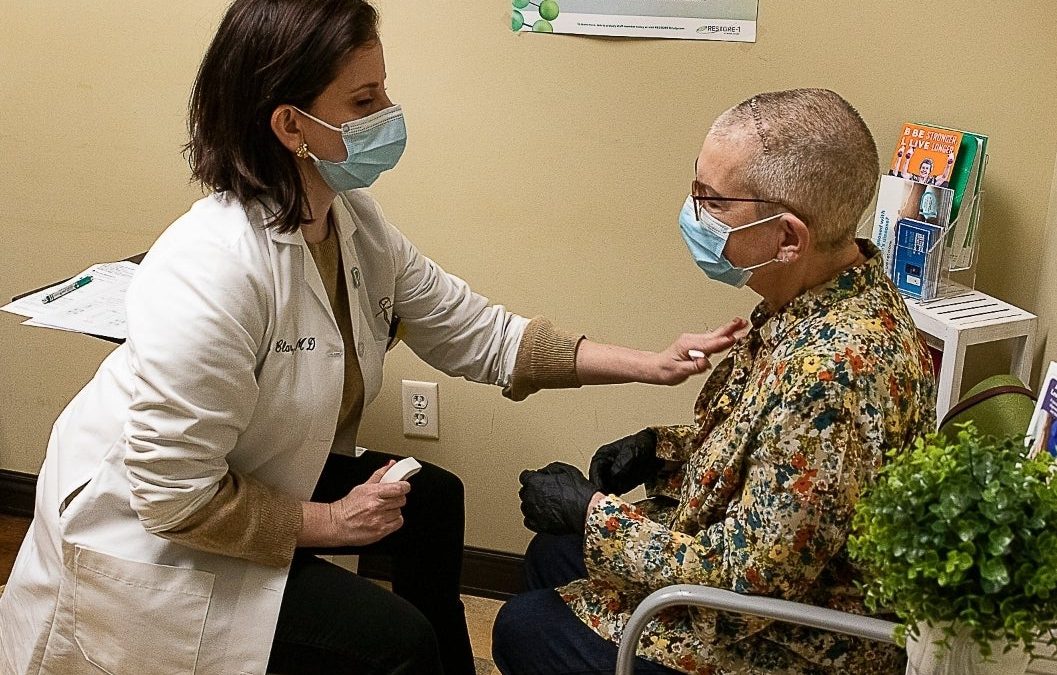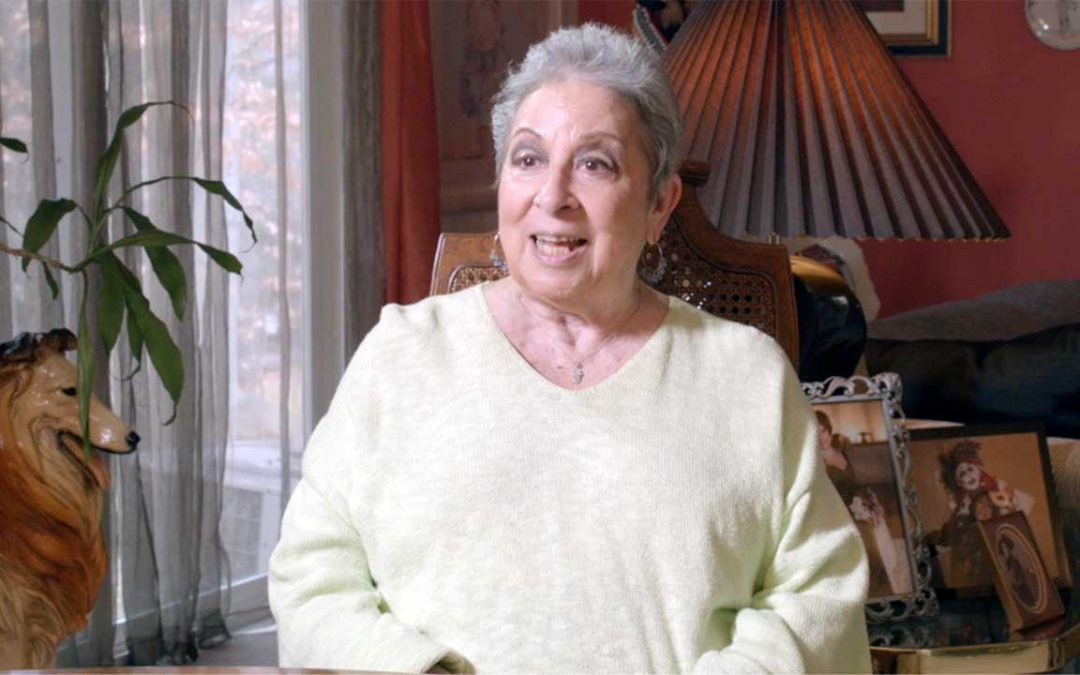Spinal stenosis is a fairly common condition marked by the narrowing of the spinal canal. When the spinal canal narrows, people experience back pain and other nerve issues. There are a range of spinal stenosis treatment options depending on the underlying cause, which part of the spine is affected, and how intense your symptoms are. Spinal stenosis treatment spans from mild at-home interventions to surgery. When it comes to surgery, be sure to talk to physicians and surgeons who specialize in neurosurgical procedures.
Physical therapy for spinal stenosis
Physical therapy can be an effective spinal stenosis treatment option, particularly for lumbar spinal stenosis. Lumbar spinal stenosis occurs in the lower back, and typically causes pain in that area (the pain may extend down the leg and into the foot), cramping in one or both legs, numbness or tingling, and leg discomfort after standing or walking.
Patients who complete a specific physical therapy program for lumbar spinal stenosis can see good results. The goal of a physical therapy program will be to improve balance, strength, flexibility, and stability. Although physical therapy won’t address the root cause of your spinal stenosis, it can ease symptoms by opening up the spinal canal, reducing pressure on your nerves, and strengthening both your back and your core—both of which will contribute to your daily comfort and functionality.
Other non-surgical treatment for spinal stenosis
In addition to physical therapy, your doctor will be able to recommend other treatment options, including hot and cold therapy and medication. Over-the-counter anti-inflammatory medications can help reduce swelling and provide pain relief. Your doctor may also recommend prescription medications, including muscle relaxants, that can reduce pain symptoms.
Another option is a corticosteroid injection. Local steroid injections are associated with fewer side effects than other forms of the steroids, such as oral medication. The goal of the steroid shot is to reduce inflammation around the pinched nerve and therefore reduce pain.
Surgery for spinal stenosis
Ultimately, spinal stenosis can only be repaired by a surgical procedure to decompress the spinal canal. There are different surgical options depending on your particular case.
- Laminectomy, or decompression surgery, is the most common procedure that doctors use for spinal stenosis. Your surgeon may complete the procedure on one or more vertebrae, and will remove the lamina—or the part of the vertebra that forms the back of the spinal canal—to create more room for the nerves. The goal of the surgery is to relieve pressure on the nerves, and therefore improve the pain, weakness, cramping and numbness. Another option is a laminotomy, which means that the surgeon just removes part of the lamina instead of its entirety, focusing on the part that is causing the most pressure.
- A laminoplasty is a procedure to treat cervical spinal stenosis, up in your neck region. It is similar to a laminotomy in that the surgeon will remove part of the lamina, but the surgeon will also install a “hinge” made of plates and screws to keep your normal bone structure in place.
- Foraminotomy is another type of surgery for spinal stenosis, also focused on creating more room for the nerves. In this procedure, your surgeon would remove bone or tissue in the foramen, which is the part of the vertebra where the nerve roots exit.
- Interspinous process spacers are another surgical option, and this is a less invasive tactic. It’s used for people with lumbar spinal stenosis, and involves inserting spacers between vertebrae to open up additional room for nerves. Once again, the goal of creating more room for nerves is to relieve pressure and pain.
- Some patients with spinal stenosis will also have instability of the vertebrae. Spinal fusion is a procedure that fuses two or more vertebrae in the back to restore spinal stability, and for many patients with debilitating pain, it is a way to improve quality of life.
As with many spine conditions, treatment for spinal stenosis is dependent on pain levels, the condition of the spine, and how your body has responded to other treatments. Spinal stenosis can be congenital, but it’s much more common for it to be acquired, either from the natural wear and tear of getting older or from an injury. The underlying cause and your age may also be a factor in determining treatment.
